Home>Storage & Organization>Kitchen Organizing Tools>How To Retrain My Cat To Use The Litter Box
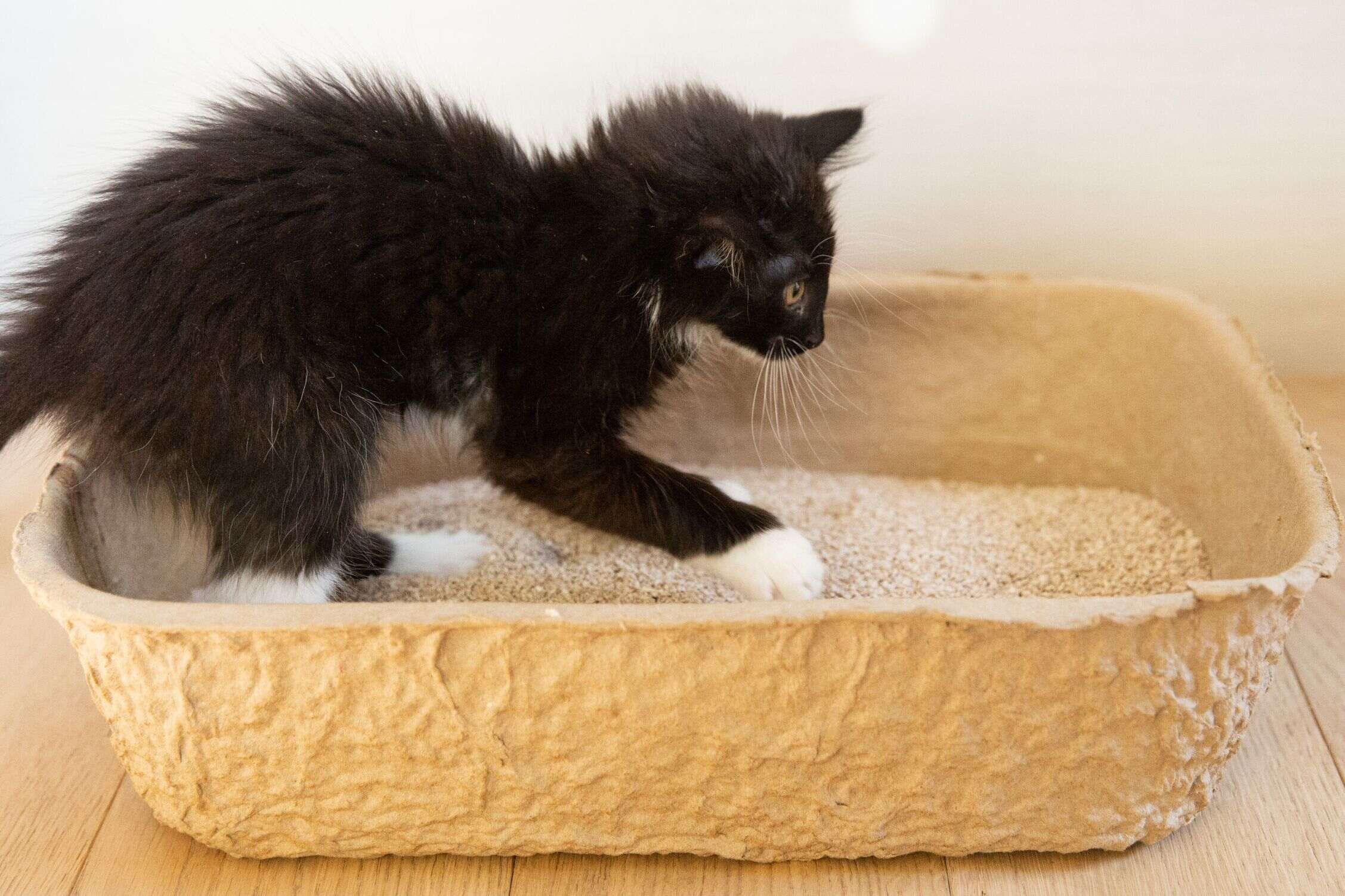

Kitchen Organizing Tools
How To Retrain My Cat To Use The Litter Box
Modified: February 26, 2024
Discover effective methods to retrain your cat to use the litter box and explore essential kitchen organizing tools for a clutter-free space. Unlock expert tips and solutions today!
(Many of the links in this article redirect to a specific reviewed product. Your purchase of these products through affiliate links helps to generate commission for Storables.com, at no extra cost. Learn more)
Introduction
Retraining a cat to use the litter box can be a challenging yet essential task for pet owners. It's not uncommon for cats to develop aversions to their litter boxes, leading to accidents and frustration for both the cat and their human companions. However, with patience, understanding, and the right approach, it's possible to guide your feline friend back to proper litter box habits.
Understanding the reasons behind your cat's refusal to use the litter box is crucial in addressing this issue effectively. Whether it's due to a medical condition, stress, or environmental factors, identifying the root cause is the first step toward finding a solution. By delving into the underlying reasons behind your cat's behavior, you can tailor your retraining efforts to suit their specific needs.
In this comprehensive guide, we'll explore the various factors that may contribute to a cat's reluctance to use the litter box and provide actionable steps to retrain them effectively. Additionally, we'll offer valuable tips for maintaining litter box habits once your cat has successfully been reintroduced to their designated toileting area.
By following the insights and strategies outlined in this guide, you'll be equipped with the knowledge and tools necessary to support your cat in reestablishing positive litter box behaviors. With a proactive and empathetic approach, you can create a harmonious environment where your cat feels comfortable and confident in using their litter box consistently.
Key Takeaways:
- Retraining a cat to use the litter box involves understanding their reasons for avoidance, consulting a vet, and using positive reinforcement and environmental enrichment to create a supportive environment.
- Maintaining a cat’s litter box habits requires regular cleaning, multiple litter boxes, stress reduction, prompt attention to changes in behavior, and ongoing positive reinforcement for a harmonious coexistence.
Understanding the reasons behind your cat's refusal to use the litter box
Cats are known for their fastidious nature, and when they deviate from using the litter box, there are various potential reasons behind this behavior. Understanding these reasons is pivotal in addressing the issue effectively and retraining your cat to use the litter box consistently.
Medical Issues
One of the primary considerations when a cat stops using the litter box is their health. Cats may avoid the litter box if they are experiencing discomfort or pain associated with urinary tract infections, bladder stones, or other medical conditions. It's crucial to rule out any underlying health issues by consulting a veterinarian. A thorough examination can help identify and address any medical concerns that may be contributing to your cat's aversion to the litter box.
Litter Box Preferences
Cats are discerning creatures, and their preferences extend to their toileting habits. Your cat's refusal to use the litter box could stem from their dissatisfaction with the type of litter, the cleanliness of the box, or the location of the box. Some cats may prefer a specific litter texture or scent, while others may be deterred by a dirty or covered litter box. Additionally, the placement of the litter box in a high-traffic or noisy area can make cats feel vulnerable and reluctant to use it.
Stress and Anxiety
Cats are sensitive to changes in their environment, and stress or anxiety can manifest in various ways, including avoidance of the litter box. Factors such as moving to a new home, the introduction of a new pet, changes in routine, or loud noises can all contribute to your cat's reluctance to use the litter box. Understanding and mitigating these stressors can play a significant role in encouraging your cat to resume proper litter box habits.
Behavioral Issues
In some cases, behavioral issues such as territorial marking or a negative association with the litter box can lead to a cat's refusal to use it. Cats may develop aversions to the litter box if they have had a negative experience, such as being startled while using it or associating it with punishment. Addressing these behavioral issues through positive reinforcement and environmental enrichment can help reshape your cat's perception of the litter box.
By recognizing and addressing the underlying reasons behind your cat's refusal to use the litter box, you can tailor your retraining approach to effectively support your feline companion in reestablishing positive toileting behaviors.
Steps to retrain your cat to use the litter box
Retraining a cat to use the litter box involves a patient and systematic approach tailored to address the specific factors contributing to their aversion. By implementing the following steps, you can create a supportive environment that encourages your cat to embrace proper litter box habits once again.
1. Consult a Veterinarian
Before embarking on the retraining process, it's essential to rule out any underlying medical issues that may be impacting your cat's litter box behavior. Schedule a thorough veterinary examination to ensure that your cat is in good health. Addressing any medical concerns is crucial for laying the foundation for successful retraining.
2. Evaluate the Litter Box Setup
Assess the current litter box setup to identify any potential factors that may be deterring your cat from using it. Consider the type of litter being used, the cleanliness of the box, and its location within your home. Experiment with different litter textures and scents to determine your cat's preferences. Additionally, ensure that the litter box is placed in a quiet, accessible, and low-traffic area to promote a sense of security for your cat.
Read more: Why Won’t My Cat Use A Litter Box
3. Gradual Reintroduction
If your cat has been avoiding the litter box, it's important to reintroduce them to it gradually. Start by placing your cat in a confined area with the litter box, allowing them to become familiar with its presence. As they begin to use the box consistently, gradually expand their access to the rest of the house while ensuring that multiple litter boxes are available in different areas.
4. Positive Reinforcement
Encourage your cat's litter box use through positive reinforcement. Whenever your cat uses the litter box, offer verbal praise, treats, or playtime to create a positive association with the behavior. Avoid punishing or scolding your cat for accidents outside the litter box, as this can exacerbate their aversion and lead to further avoidance.
5. Environmental Enrichment
Enrich your cat's environment with stimulating toys, scratching posts, and interactive activities to alleviate stress and boredom. A content and mentally stimulated cat is more likely to exhibit positive litter box behaviors.
6. Consistency and Patience
Consistency is key when retraining your cat to use the litter box. Stick to a regular feeding and toileting schedule to establish a routine that supports your cat's natural instincts. Be patient and understanding throughout the retraining process, recognizing that it may take time for your cat to fully readjust to using the litter box consistently.
By implementing these steps with empathy and dedication, you can support your cat in reestablishing positive litter box habits, fostering a harmonious and stress-free environment for both you and your feline companion.
Read more: How To Teach A Cat To Use A Litter Box
Tips for maintaining litter box habits
Maintaining consistent litter box habits in cats is essential for their overall well-being and the harmony of the household. Once your cat has been successfully retrained to use the litter box, it's important to implement strategies that support ongoing positive toileting behaviors. Here are valuable tips to help you maintain your cat's litter box habits:
1. Regular Cleaning and Maintenance
Consistently clean the litter box to ensure a hygienic and inviting toileting environment for your cat. Scoop the litter at least once a day and perform a complete litter change as needed, following the specific recommendations for the type of litter being used. Regular maintenance helps prevent odors and maintains your cat's comfort and satisfaction with their designated toileting area.
2. Multiple Litter Boxes
If you have multiple cats, providing a sufficient number of litter boxes is crucial for preventing territorial issues and promoting positive litter box habits. The general guideline is to have one litter box per cat plus one extra. Additionally, situate the litter boxes in different areas of your home to offer cats privacy and options, reducing the likelihood of competition or conflicts over toileting spaces.
3. Appropriate Litter Selection
Continue to observe your cat's litter preferences and ensure that the chosen litter meets their comfort and texture requirements. Some cats may prefer unscented litter, while others may favor a specific texture such as clumping or non-clumping. Adhering to your cat's preferences contributes to their ongoing satisfaction with the litter box, reducing the likelihood of aversions or accidents.
Read more: How To Get My Cat To Poop In The Litter Box
4. Stress Reduction
Minimize stressors in your cat's environment to maintain positive litter box habits. Provide a secure and peaceful space for your cat, incorporating hiding spots, elevated perches, and calming pheromone diffusers if needed. Consistency in routines and minimizing disruptions can contribute to a relaxed and confident toileting experience for your cat.
5. Promptly Address Changes in Behavior
Monitor your cat's toileting behaviors and promptly address any changes or irregularities. Sudden aversions to the litter box or alterations in toileting frequency may indicate underlying health issues or environmental stressors. By addressing these changes promptly, you can prevent potential setbacks in your cat's litter box habits.
6. Ongoing Positive Reinforcement
Continue to reinforce your cat's positive litter box behaviors through verbal praise, treats, and affection. Consistent positive reinforcement reinforces the association between using the litter box and receiving rewards, further solidifying your cat's inclination to use the designated toileting area.
By incorporating these tips into your cat care routine, you can effectively maintain your cat's litter box habits, fostering a positive and consistent toileting experience for your feline companion. This proactive approach supports your cat's well-being and contributes to a harmonious coexistence between you and your beloved pet.
Conclusion
In conclusion, retraining a cat to use the litter box requires patience, understanding, and a proactive approach tailored to address the specific factors contributing to their aversion. By delving into the underlying reasons behind a cat's refusal to use the litter box, pet owners can tailor their retraining efforts to suit their feline companion's specific needs. Whether the aversion stems from medical issues, litter box preferences, stress and anxiety, or behavioral issues, recognizing and addressing these factors is pivotal in guiding the cat back to proper litter box habits.
Implementing a systematic retraining process, including consulting a veterinarian to rule out medical concerns, evaluating the litter box setup, and gradually reintroducing the cat to the litter box, sets the foundation for success. Positive reinforcement, environmental enrichment, consistency, and patience are key elements in supporting the cat throughout the retraining journey. By creating a supportive environment and maintaining ongoing positive reinforcement, pet owners can effectively guide their cats back to consistent litter box habits.
Furthermore, maintaining litter box habits is essential for the well-being of cats and the harmony of the household. Regular cleaning and maintenance, providing multiple litter boxes, selecting appropriate litter, minimizing stressors, and promptly addressing changes in behavior are crucial strategies for sustaining positive toileting behaviors in cats. By incorporating these tips into their cat care routine, pet owners can create a conducive environment that supports ongoing positive litter box habits.
Ultimately, the retraining and maintenance of litter box habits contribute to a harmonious coexistence between pet owners and their feline companions. By approaching the process with empathy, dedication, and a deep understanding of their cat's needs, pet owners can create a stress-free environment where their cats feel comfortable and confident in using their litter boxes consistently. With these insights and strategies, pet owners are equipped with the knowledge and tools necessary to support their cats in reestablishing positive litter box behaviors, fostering a fulfilling and mutually beneficial relationship.
Frequently Asked Questions about How To Retrain My Cat To Use The Litter Box
Was this page helpful?
At Storables.com, we guarantee accurate and reliable information. Our content, validated by Expert Board Contributors, is crafted following stringent Editorial Policies. We're committed to providing you with well-researched, expert-backed insights for all your informational needs.
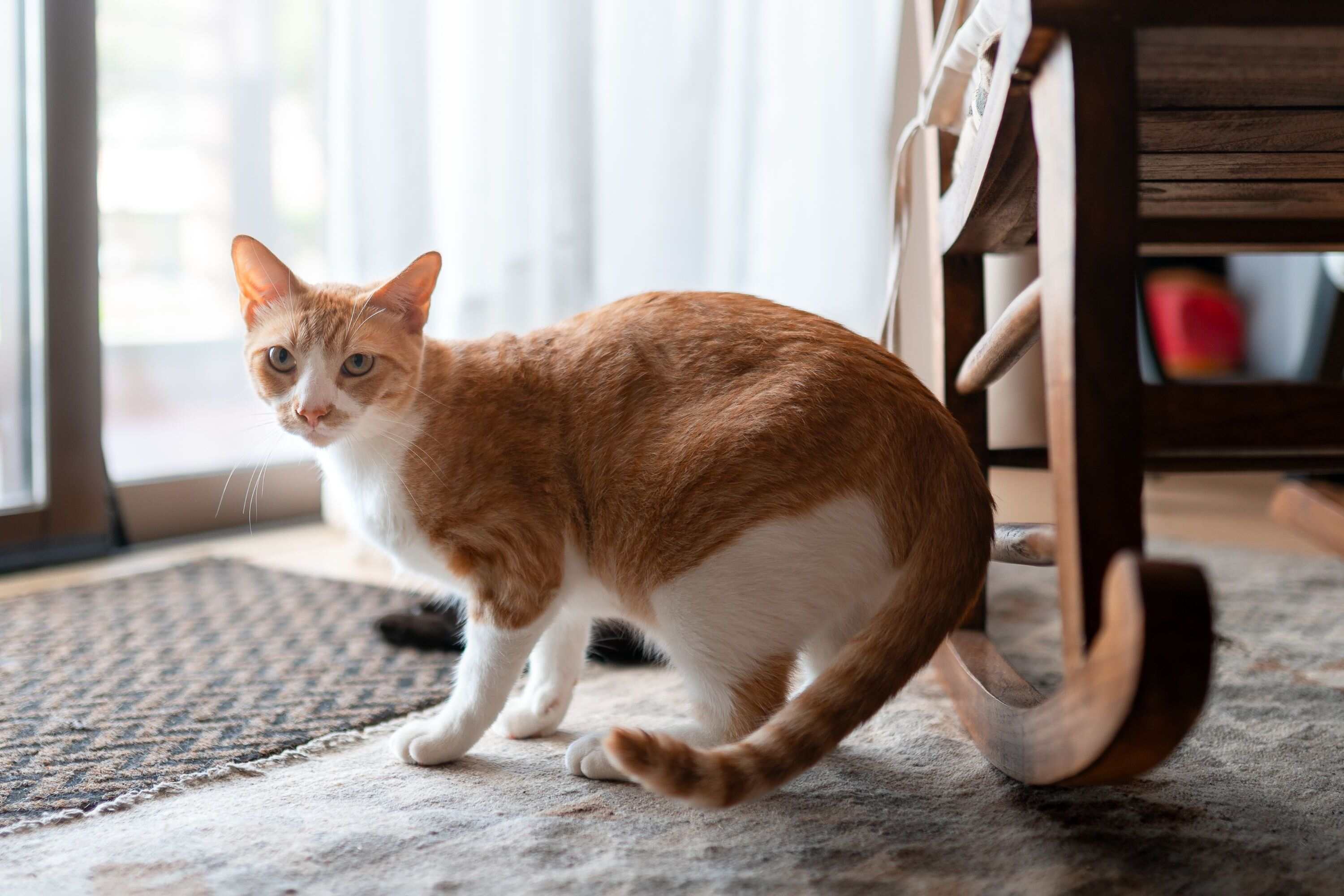
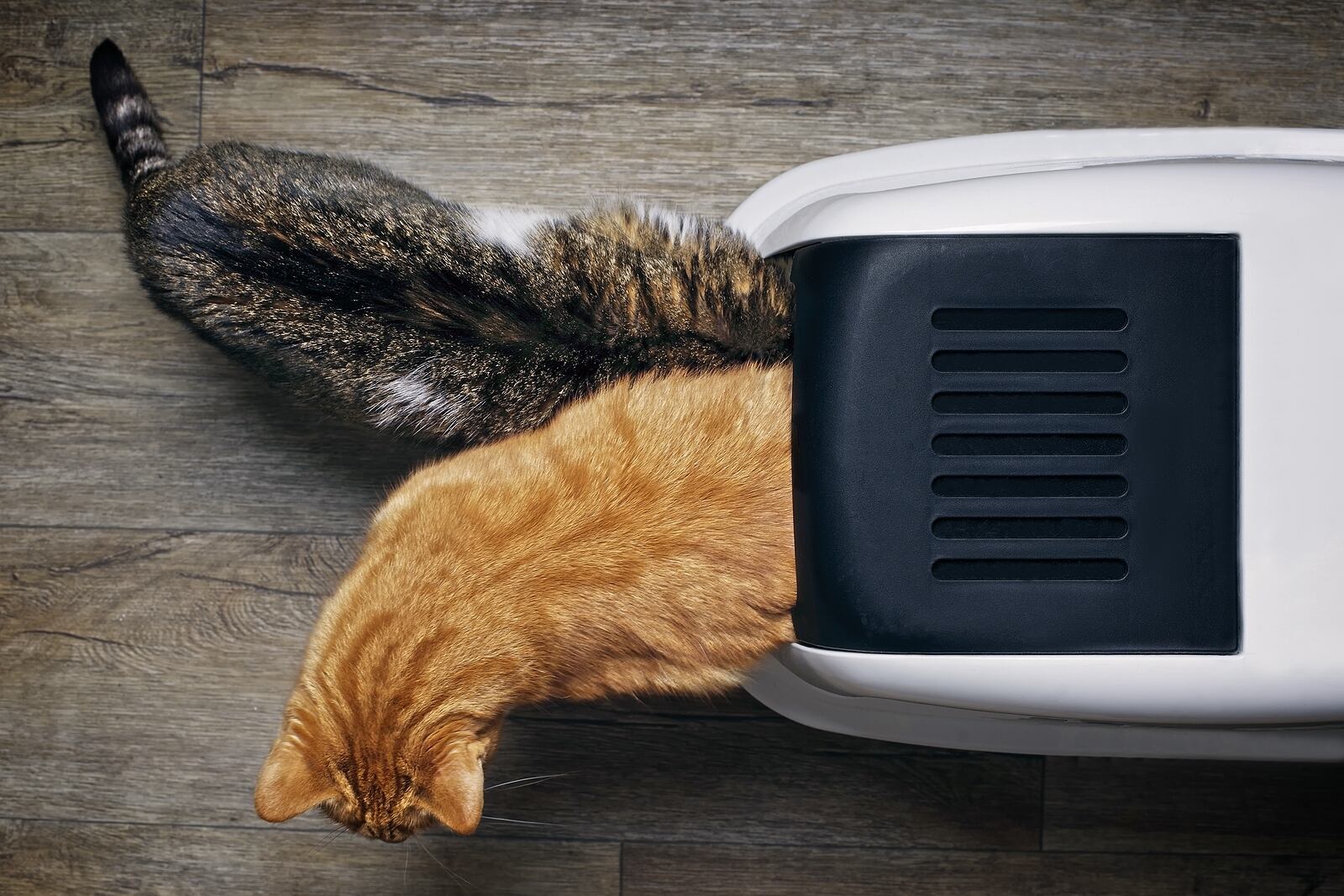
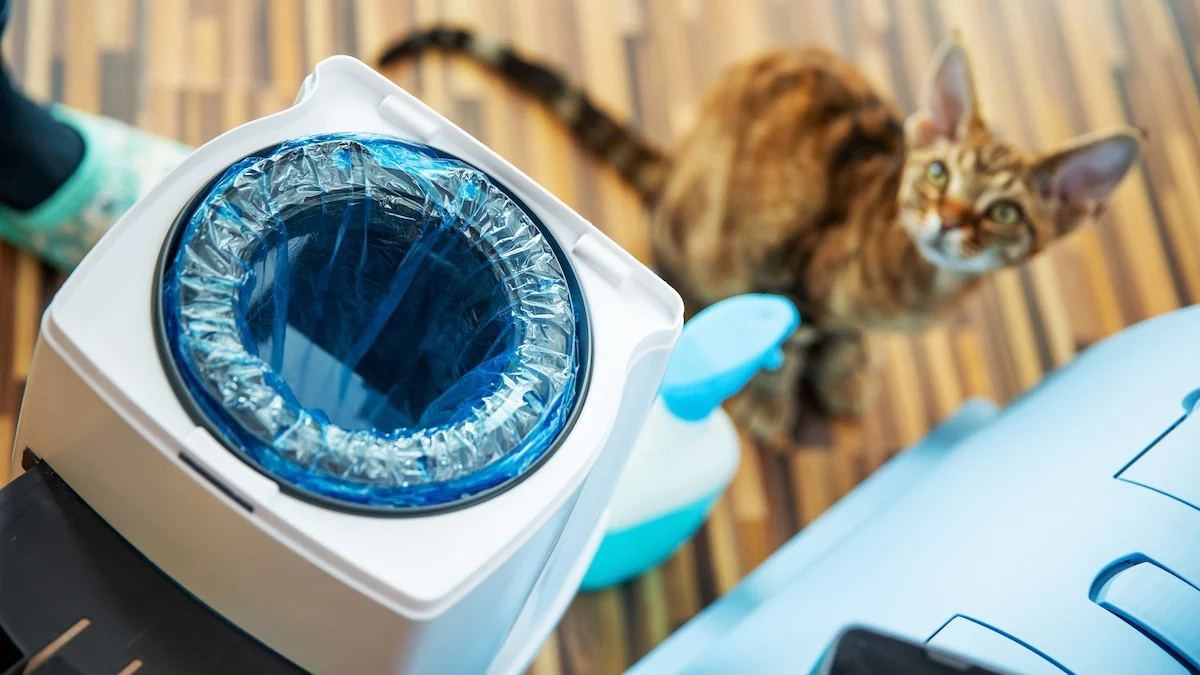
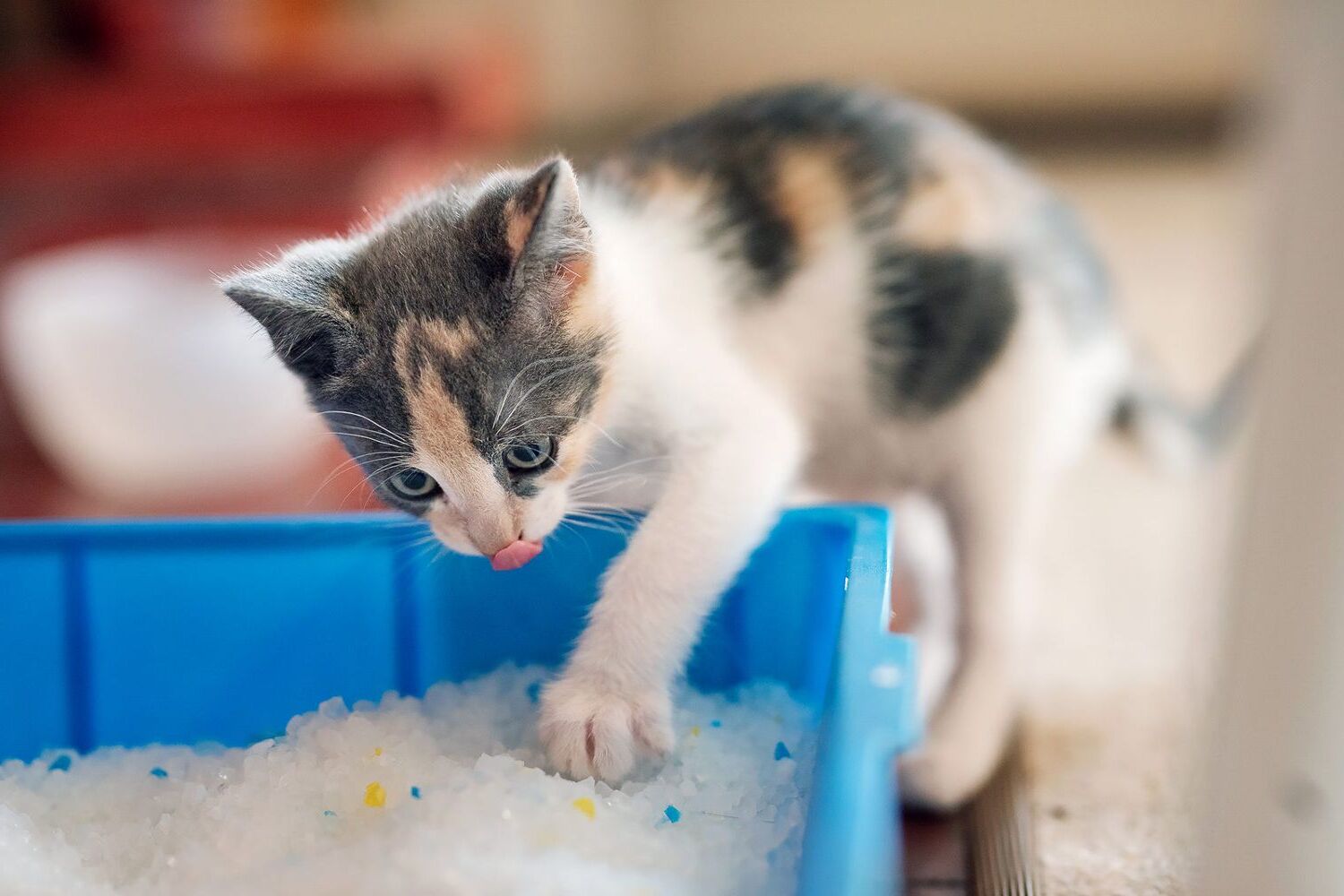
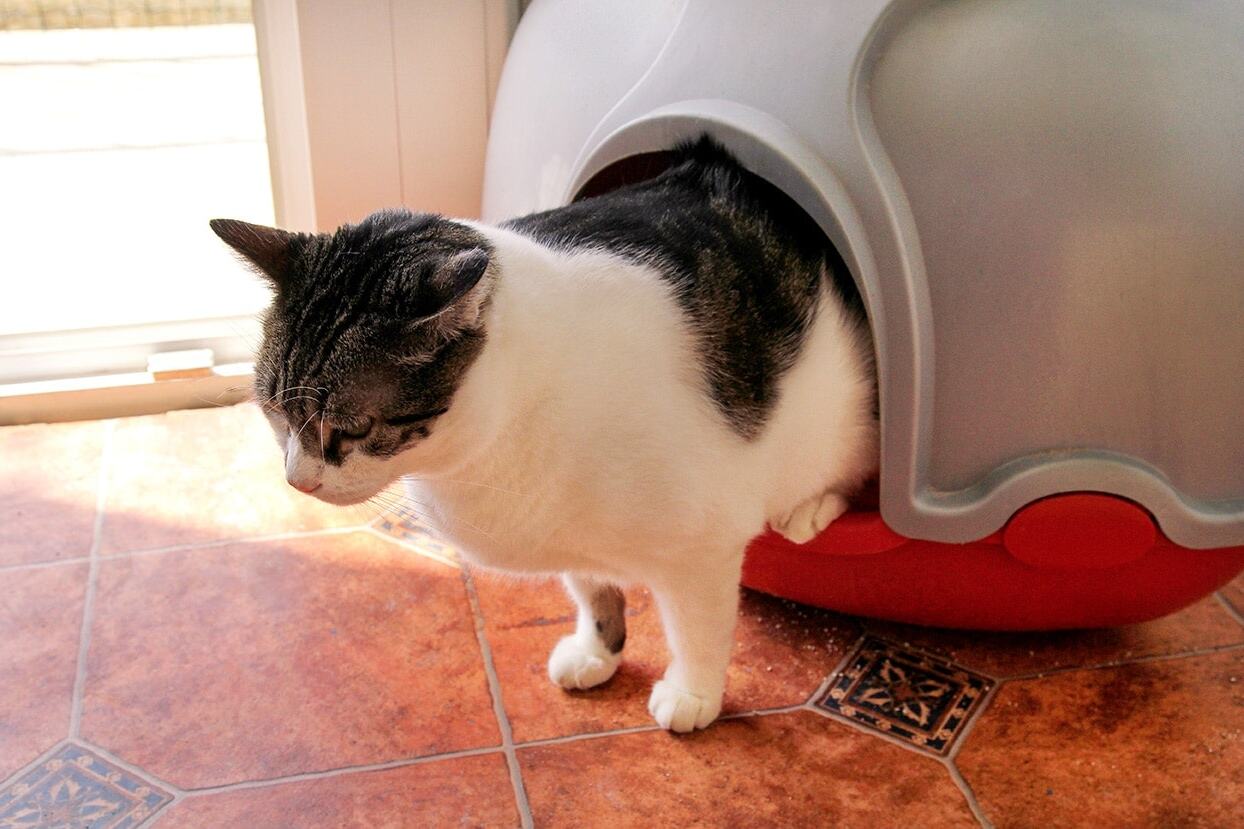
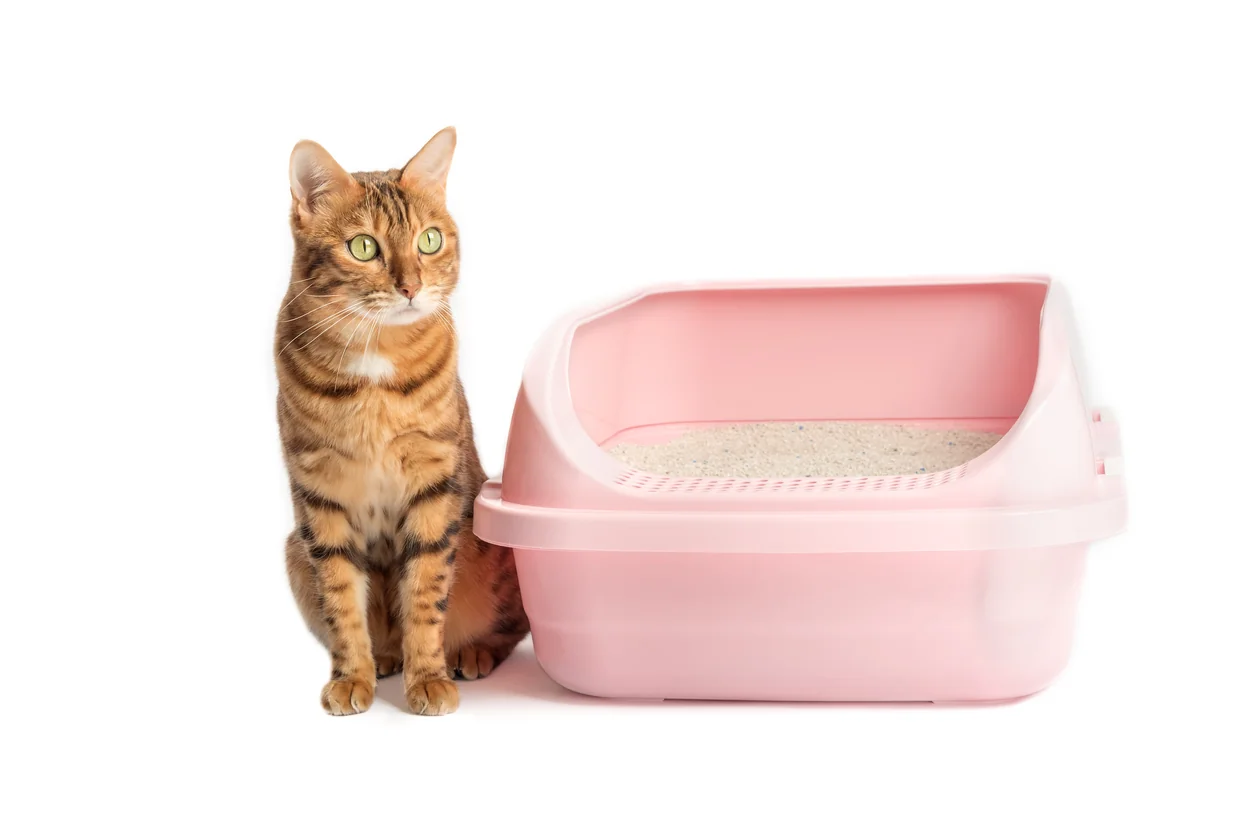
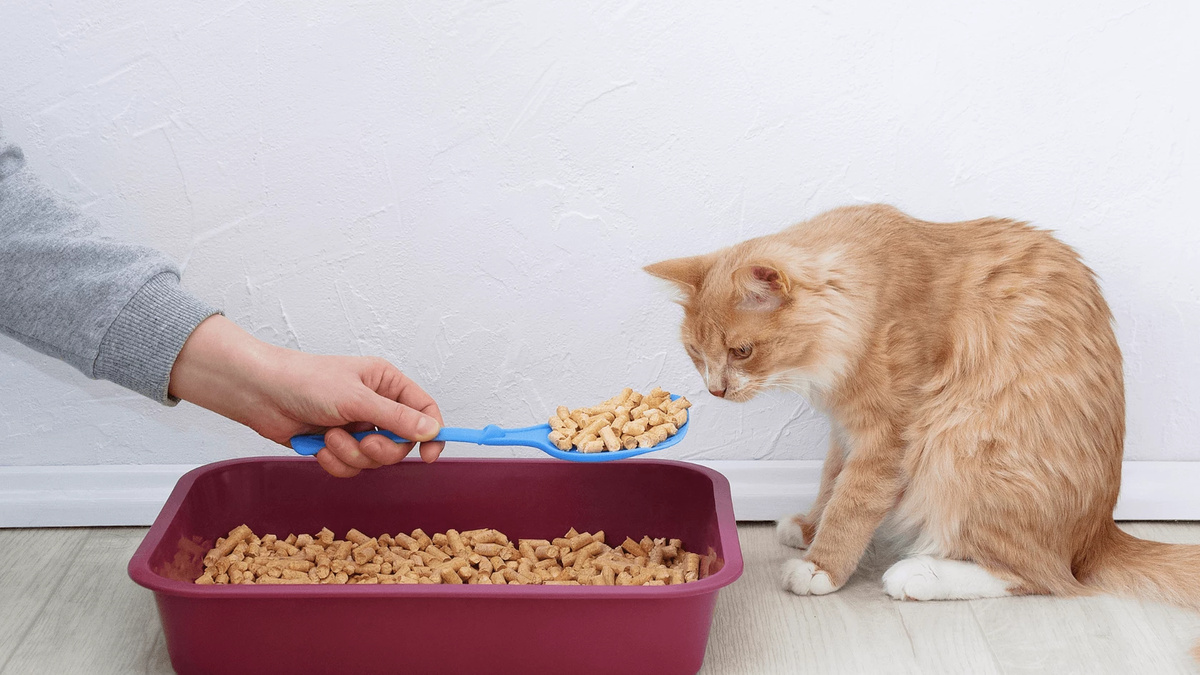
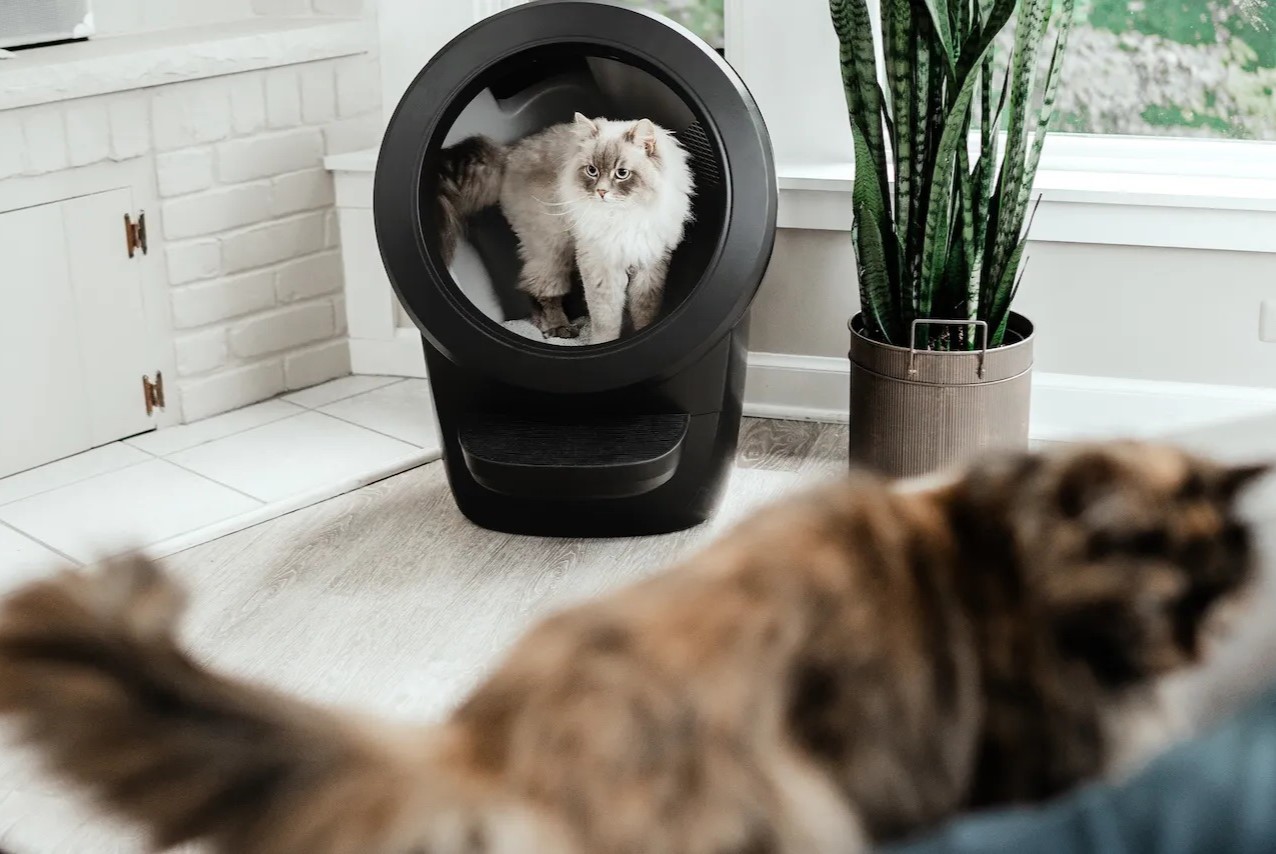
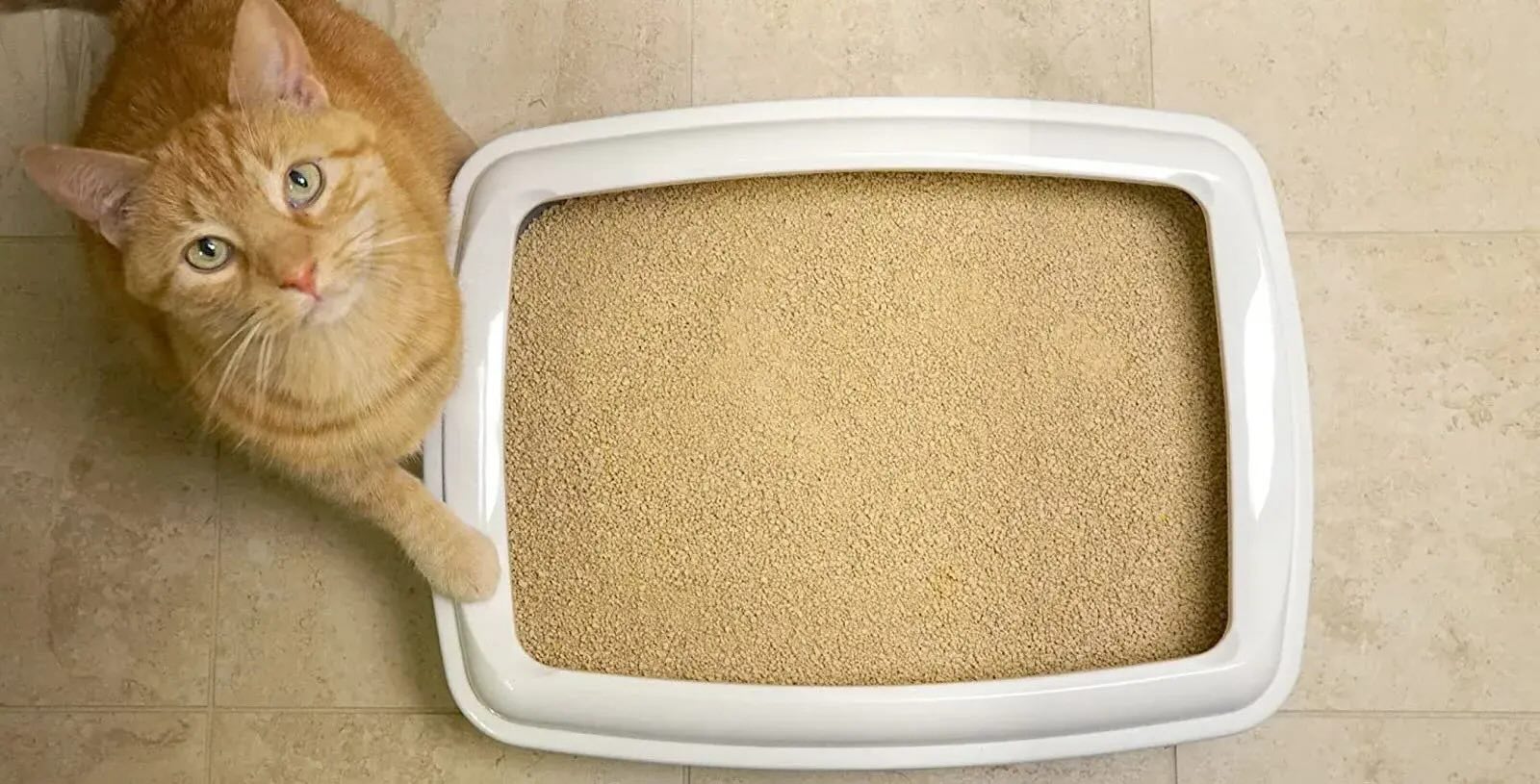
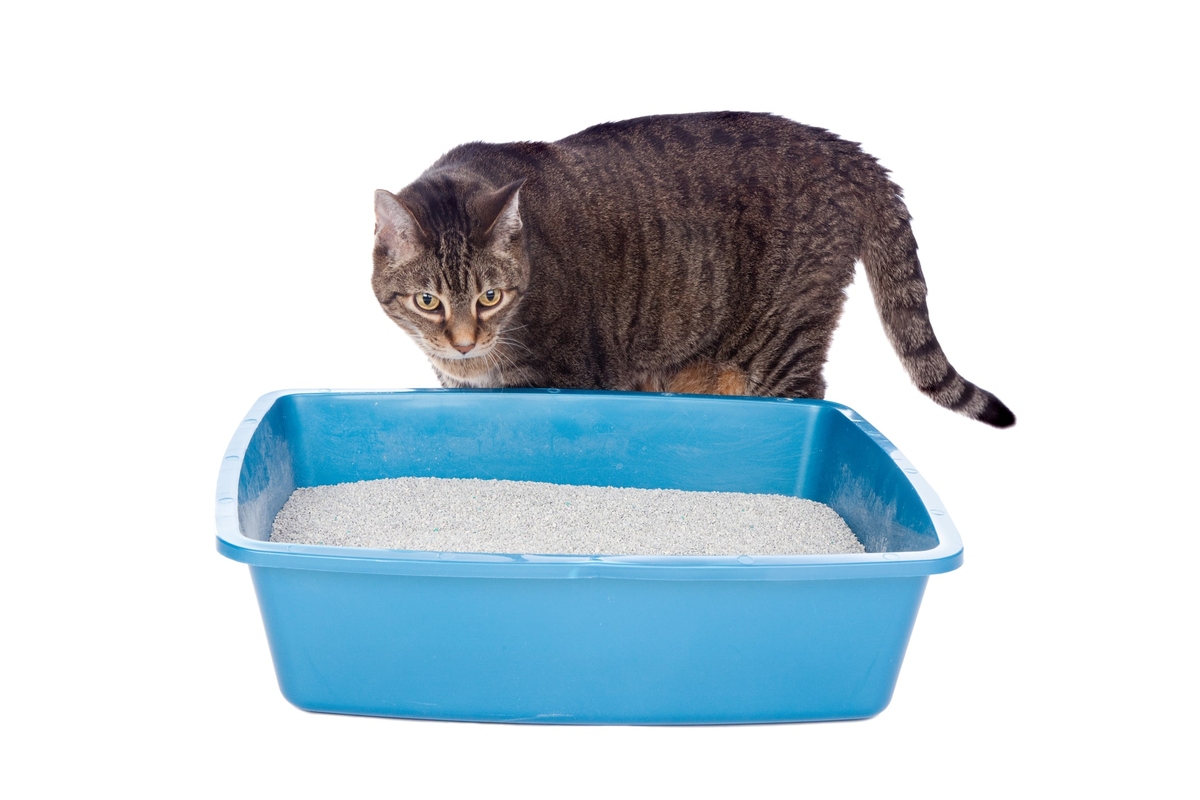
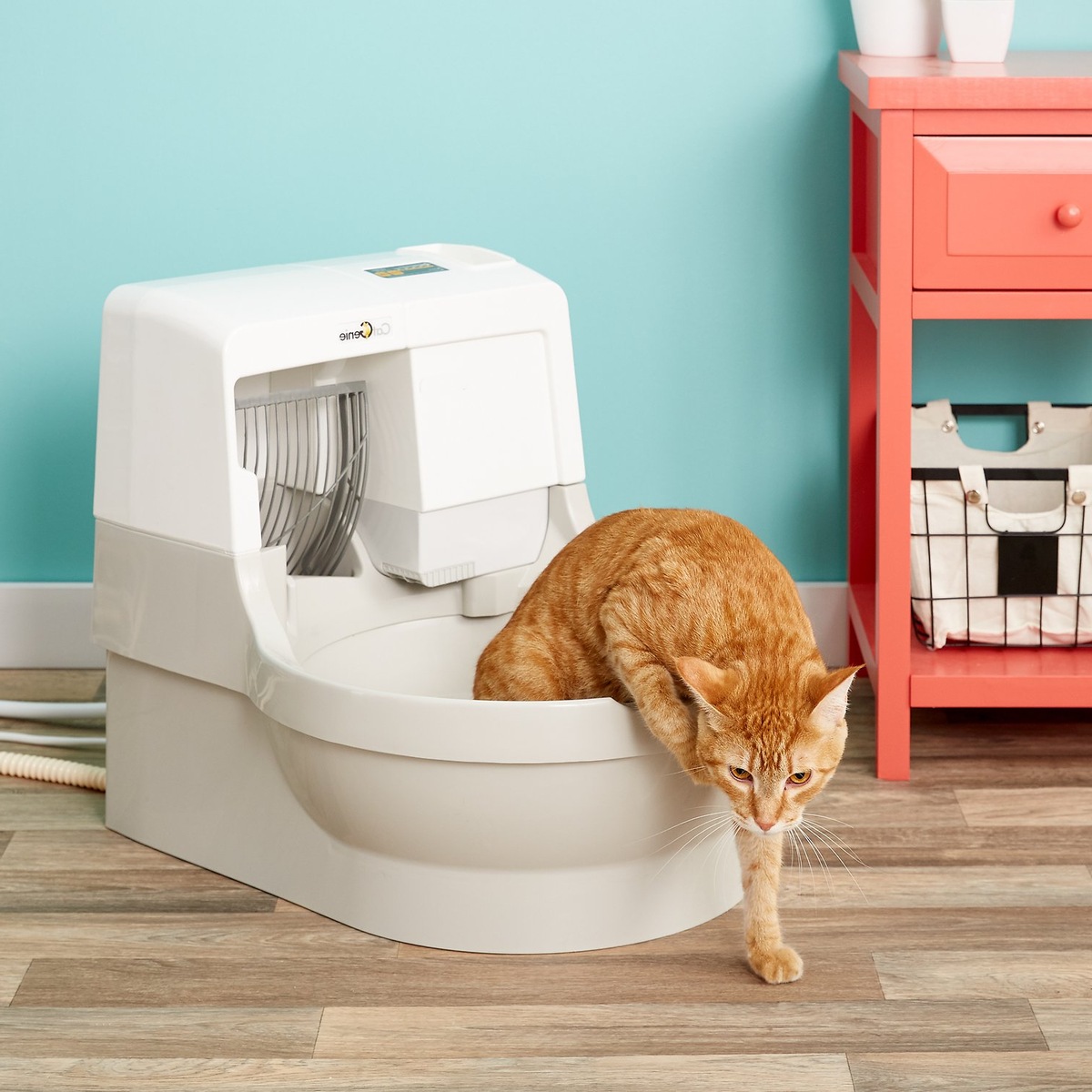

0 thoughts on “How To Retrain My Cat To Use The Litter Box”